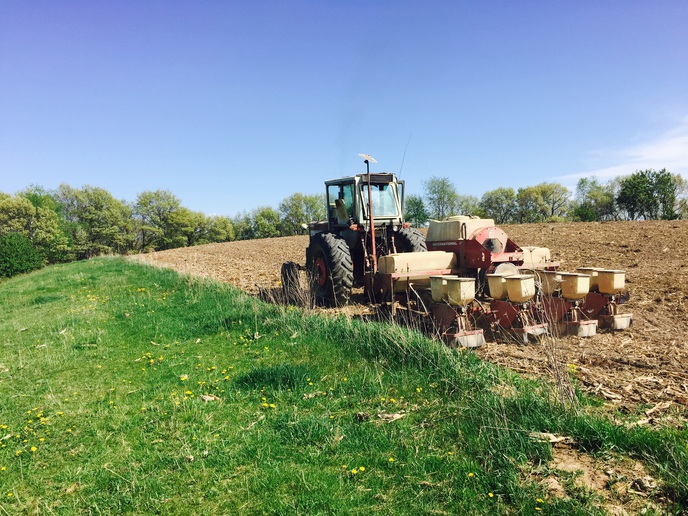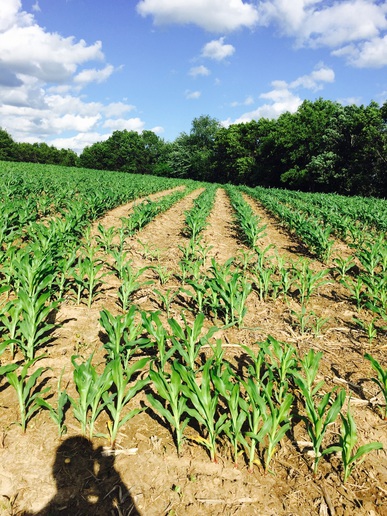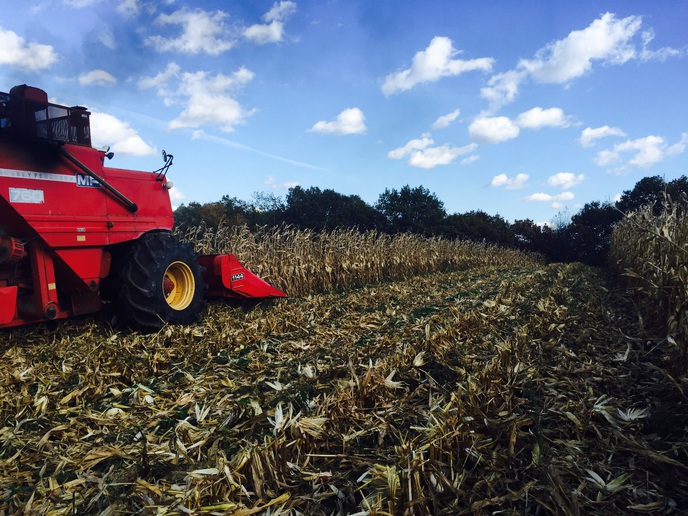Answering your question is not quite as easy as it may sound, simply because there is not a "one size-fits all" answer to your question. There certainly were a lot of answers with some points to consider. I appreciate and applaud those who provided you some things to consider. I have been involved in my family's farm for most of my 49 years of life. I spent 13 years in the agronomy business and have been a Certified Crop Advisor for 20 years. My most recent 14 years have been working in local government in environmental services and natural resources conservation. With that in mind, I know good and proper management of nitrogen where my family's farm is located, is different than in parts of the locale where I work just 39 miles away. I do not by into everything that comes out of the "agronomy center" nor do I "drink" all the "Kool-Aid" fed to me by the regulatory sector and tree-hugger interests. I would suggest starting out with obtaining a soil test to obtain an idea of where your soil fertility levels are, particularly phosphorus, potassium, sulfur, and zinc, as well as soil pH. Since this is your first year with corn, I would work with an agronomy supplier with a CCA certified agronomist. They can help you get started, making recommendations to you based upon the soil tests, your soil type and texture, possible local groundwater protection standards and requirements, and other issues. In that conversation, you can ask the questions about possible restrictions on rates and timing of nitrogen application, as well as services they may be able to provide to you, or nitrogen products they may have that may fit into your farming operation and its practices. If you are looking to maximize production, I feel you are going to have a better shot of it working with your local agronomy input dealer than someone who might sell you on the idea of ultra low rates and some "snake oil" products, where they promise you the "moon."
I noted earlier I have been actively involved in my family farming operation for the better part of 49 years, with my greatest involvement in the past 35 of those years. I have made the decisions with respect to nutrient management for the past 26 years, as well as pesticide products used. When I started doing this, we used anhydrous ammonia as our primary nitrogen source in fall application, then to urea spring applied, then back to fall applied anhydrous ammonia with dry fertilizer impregnated with Dual, then to fall applied phosphorus and potassium and spring applied urea and ammonium sulfate, with a liquid starter fertilizer in furrow at planting. This year I am trying something a bit different. We applied our phosphorus and potassium this past fall, impregnated with Dual, and we will be using the liquid starter on the planter with side-dressed 32% UAN and ammonium thiosulfate into the standing crop. I have been renting the family farm for the past 8 years and have managed my fertility program three different ways. I rely heavily upon the services provided at my local cooperative, where I have known these people for over 20 years. I have made my fertilizer decisions based upon prevailing weather conditions, how busy my supplier is with their equipment at critical times of the year and its impact upon the nitrogen products available, what I can and cannot do on my own and with my own equipment.
If you are located in an area with good, heavy clay soils and no groundwater protection standards or concerns, and are utilizing a field cultivator before planting this spring, I would strongly lean on spring pre-plant application of urea or 32% UAN, incorporated with a field cultivator. The spring pre-plant application of nitrogen has historically produced towards the upper end of yields at the research stations located at Lamberton and Waseca in southern Minnesota. The key reason I am shifting away from all spring pre-plant application of urea and ammonium sulfate, and trying the side-dress of UAN and ammonium thiosulfate, is I have wanted to try this based upon some treatments like this back in the early 1990's in our area. I am wanting to see if I can push my yields even higher with this treatment. I have been very happy with all the other applications/treatments, however with the prevalence of rainy, wet conditions in late May and early June, I felt the fall application of anhydrous ammonia made my corn crop more vulnerable to nitrate loss. I am trying to extend the life of my soil applied nitrogen through this side-dress treatment. The soybean yields on the family farm have been quite good for the better part of the past 30 years, and exceptionally good in the past 10 years, with very few local producers who have produced the consistent high production numbers I have seen. My corn yields have been consistently very good, but I think I can do better.
You may wonder why I have not or do not farm for a living. I was 41 before my father rented our farm to me. I had to invest in a college degree in order to make a living for me and my family. Believe me, I truly wanted to farm. My father could not turn the farm over to me, as had been the case of a respectable number of my friends who had the opportunity. I also "had the door slammed in my face" to numerous opportunities I pursued. I can now say that it was God's intervention that prevented my being able to actively farm until I was into my early 40's. I am too invested into my community and my career to give that up at this time. I will add that all I learned up to the time I was able start farming, has helped to make me a better manager, better business man, better farmer, and more appreciative of what I have. Sorry for the "mini-sermon." When I share my thoughts with others, either in spoken or written word, I typically get the question, "Why are you not farming?"
Sorry for a very long answer, but I wanted to emphasize there are options out there, but not all these options may fit your farm or the needs of your operation. You might find that spreading urea over the top of the standing crop of corn and cultivating it in might work for you, or adding the nitrogen stabilizer to that urea and spreading over the top and letting it alone might work. While it is true that anhydrous ammonia IS the lowest cost source, it may not always be the best option for you. I don't use anhydrous simply because it does not necessarily fit in with my schedule at work, especially if we have uncooperative weather for applying it. I do manage my corn fields differently with respect to nitrogen source and application timing.




